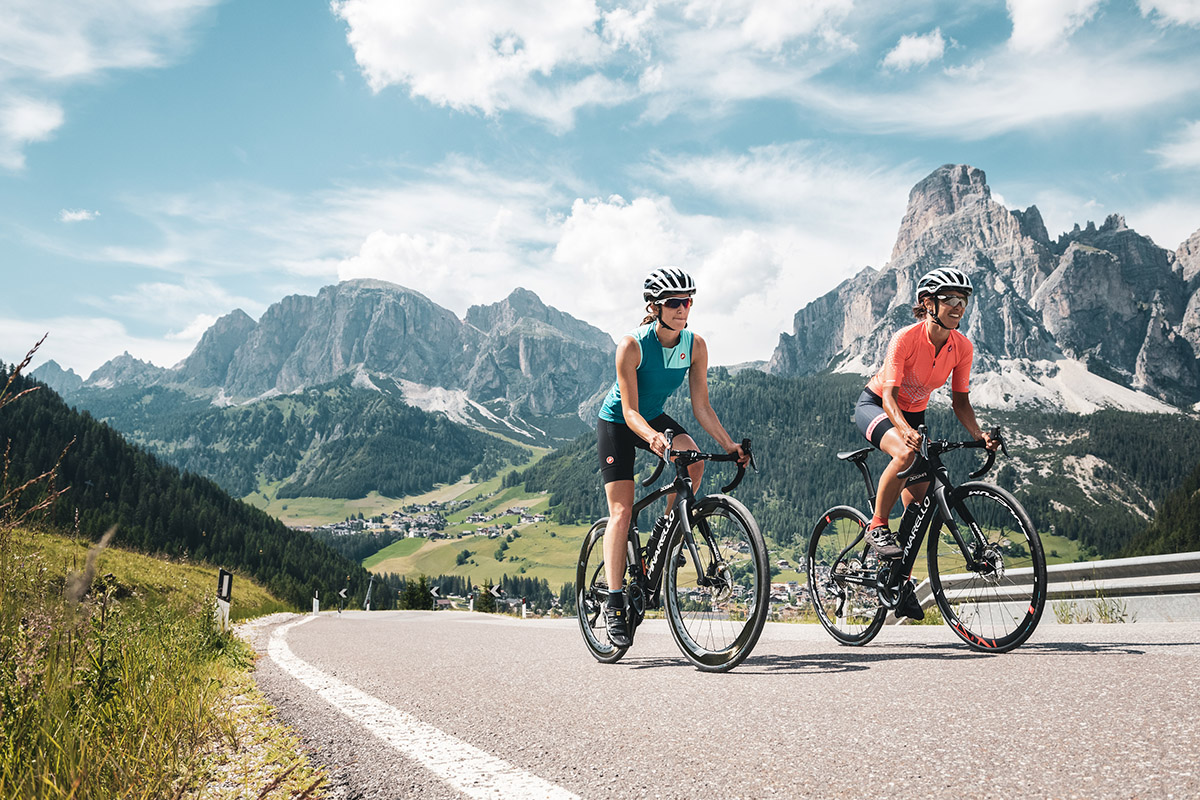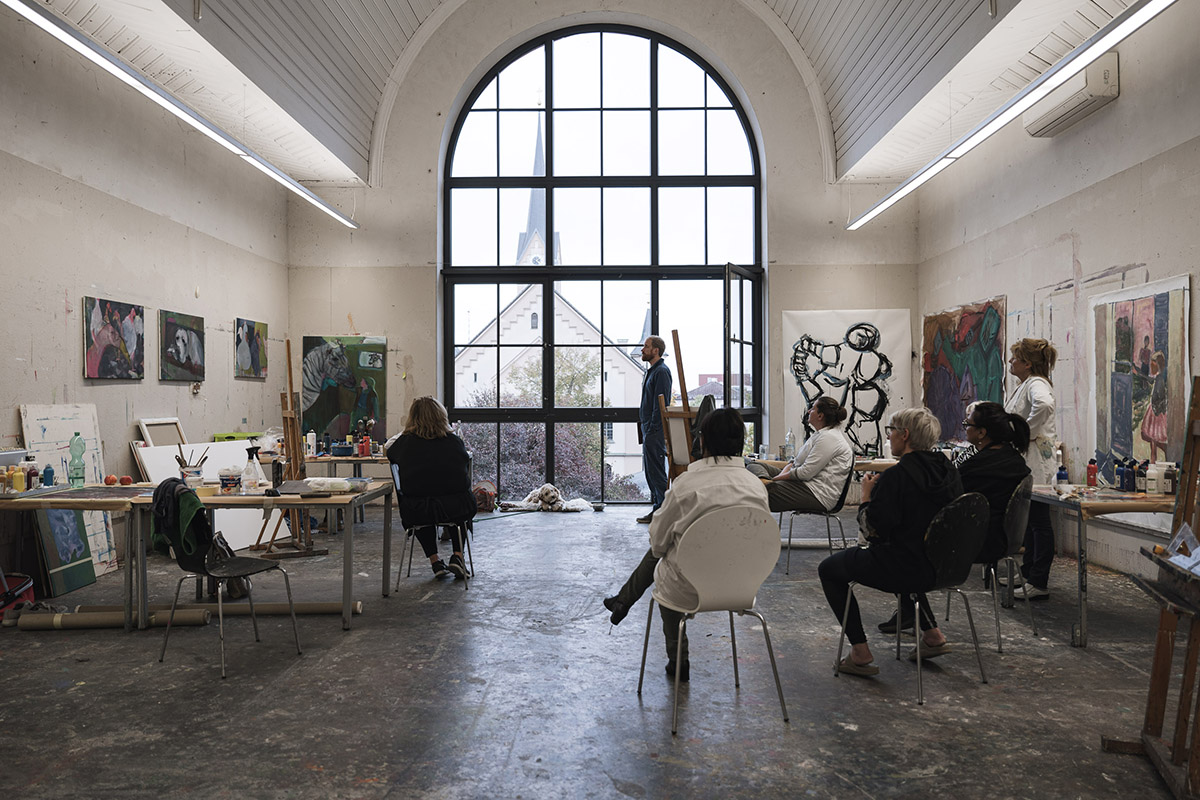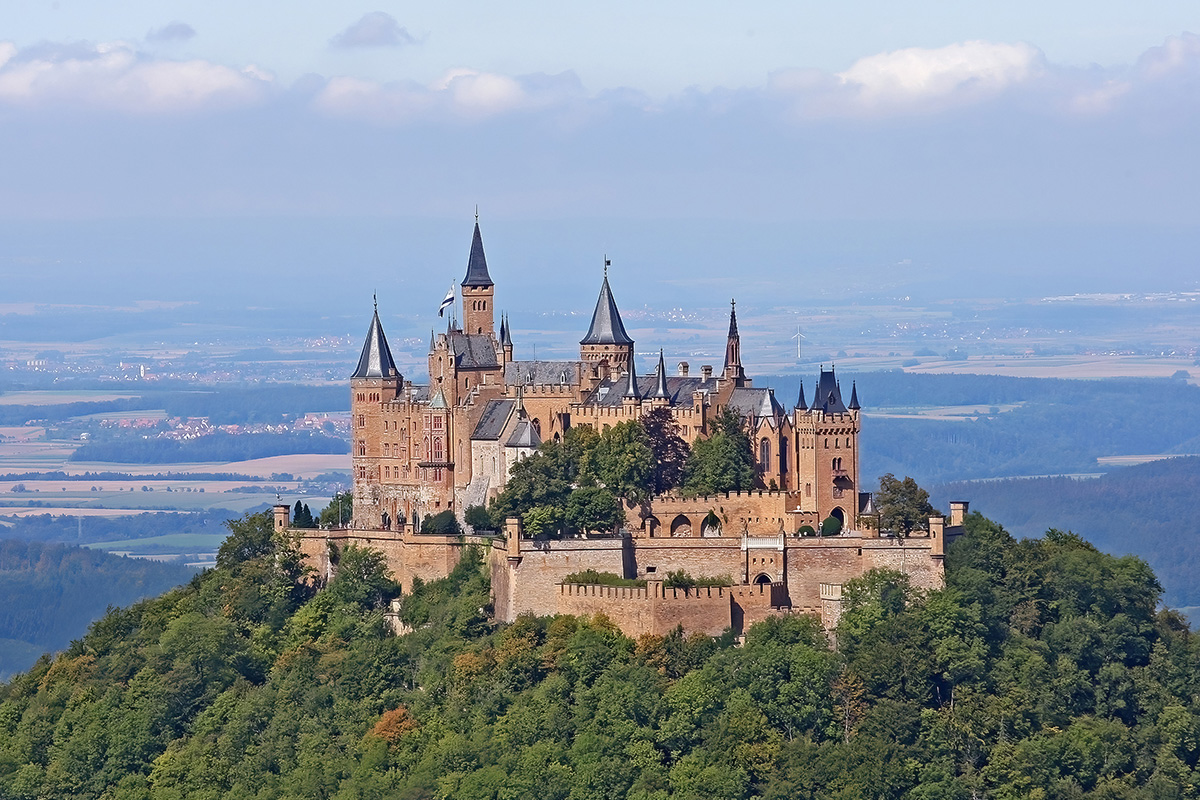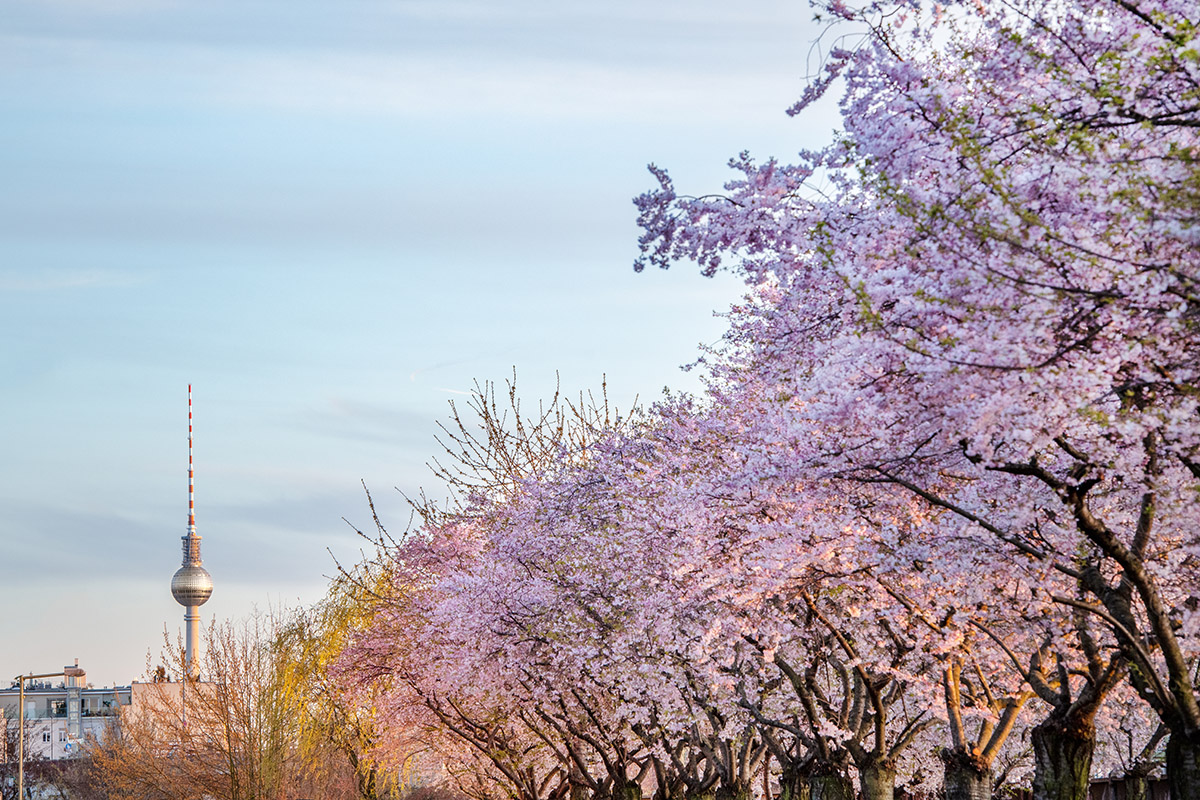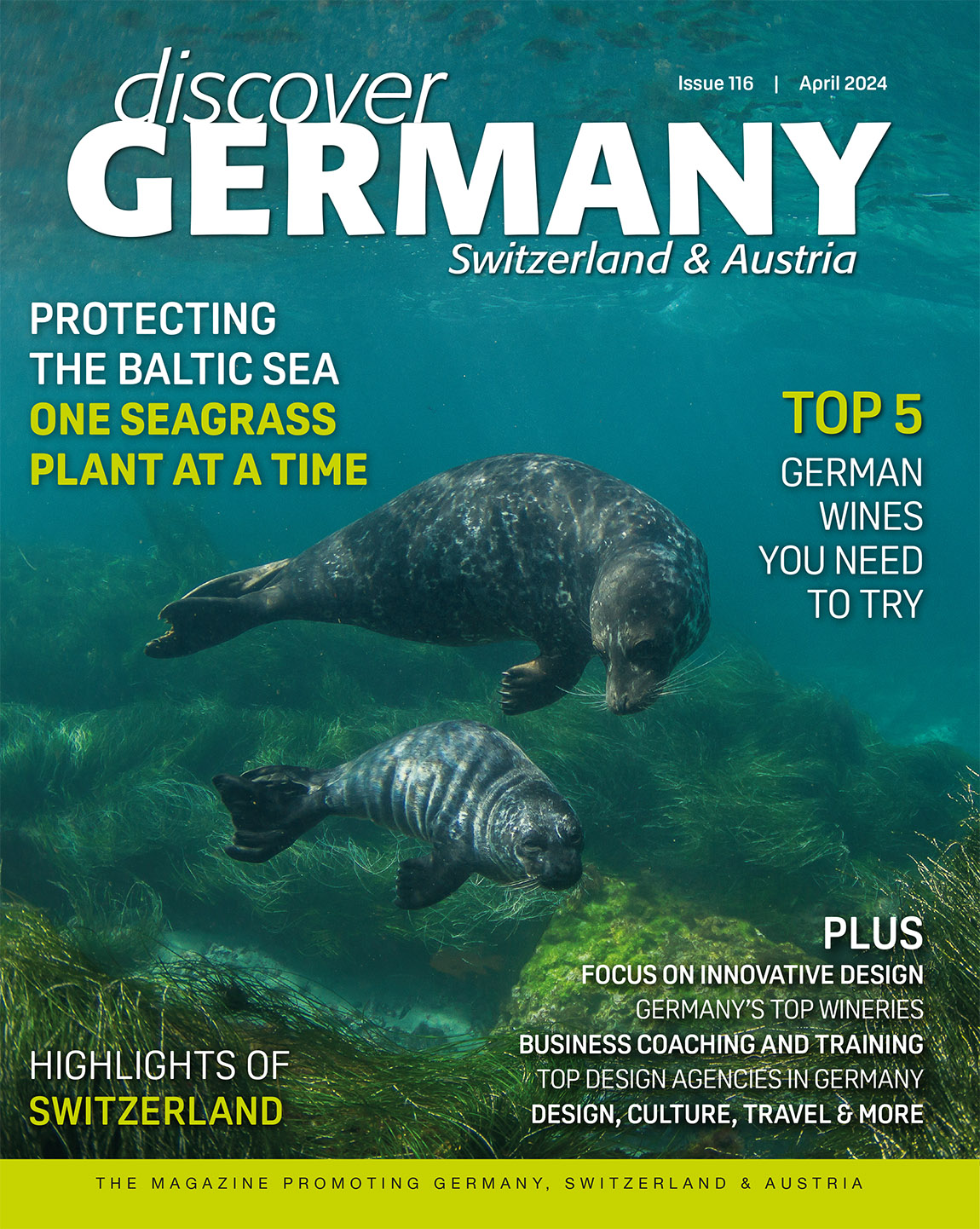Freiburg – gateway to the Black Forest
Text: Wibke Carter

Old Town. © FWTM
Sitting at the foot of the Black Forest’s wooded slopes and fertile vineyards, Freiburg is a cheerful university town which basks in a laid-back atmosphere that seems completely un-German at times. Our writer Wibke Carter travels to what is often referred to as the country’s sunniest place, which celebrates its 900th birthday in 2020.
Growing up north-east of Berlin, and behind the Iron Curtain, meant that for years, the Black Forest in south-west Germany seemed impossibly far away. Somewhat embarrassing, until recently, I had never gotten around to visiting one of the country’s most beautiful regions. But with Freiburg’s big birthday coming up this year, it was finally time to make the journey.
Jumping on the high-speed ICE train at Frankfurt Airport, just over two hours later, I emerged in Germany’s sunniest city, blessed with around 2,000 hours of sunshine annually. Sprawling vineyards speak volumes of the special micro climate here, and there are more of them in the municipal area than in any other city in Germany.

Morning market. Photo © Wibke Carter
Not one to ever turn down a good drop, I headed to the Alte Wache Haus der Badischen Weine, where over 130 local wines were for sale, and Elvira Higle guided me through one of a kind wine tasting. “We don’t export a lot as our wines are of high quality and the tastes in other countries are rather varied, so it’s simply too hard to compete with larger German wine regions,” she said. I didn’t mind sticking with the outstanding local offering, which turned out to be the best pairing for the regional cuisine.
German food is much more than just beer, pretzels and sausages. The Freiburg menus featured specialities like Spätzle (homemade egg noodles), Brägele (sauteed potatoes), Flammkuchen (onions and pork fat with crème fraiche on a thin pizza base), and chanterelles dishes. And, of course, I devoured a piece, or two, of the famous Black Forest cake during my stay.
Dominating the town’s skyline is the 11th-century Freiburg Minster with its filigreed spire and intricate entrance portal. Interestingly, from the time of its construction, the cathedral was not owned by the Roman Catholic Church, but by the people of Freiburg, a community made rich by silver mining. My city guide Alexandra Heneka pointed out a cheeky gargoyle which points his naked bum in the direction of the former bishops’ residence and ‘urinates’ on rainy days. The cathedral builders clearly had a sense of humour.
On the ground, fed by the Dreisam River, water channels called Bächle flow some seven kilometres through countless narrow streets in Freiburg’s Old Town. As early as the 12th century, when the city was founded, the flat paved gutters supplied residents with water for drinking, fighting fires and other uses. “Children love playing in the small rivulets and they often bring toy boats to race them downstream,” laughs Heneka.

Left to right: Bächle. Photo © FWTM | University. Photo © FWTM
Although Freiburg was never completely destroyed by fire, in part thanks to the Bächle, it was severely damaged in less than 25 minutes in an air raid on 27 November 1944. Luckily, the Freiburg Minster was only slightly impacted. Over the years, nearly all historical buildings were painstakingly rebuilt, and today, you wouldn’t know the difference from just looking at them.
I took the footpath opposite the Schwabentor, one of the city’s two remaining medieval defence gates, and climbed the forested Schlossberg. From the ice-cream-cone-shaped lookout tower I could see the spire of the Minster soaring above a jumble of red rooftops, framed by the dark hills of the Black Forest. Before descending, I dropped into the Greifenegg Schlössle beer garden for a cool beer and Flammkuchen.
Afterwards, I dipped into the past at the superb Augustinermuseum, a sensitively modernised monastery, which exhibits religious art, stained glass and a few Old Masters from the Middle Ages to the 19th century. Especially impressive was the Sculpture Hall on the ground floor, with its larger-than-life statues by Renaissance artists Hans Baldung Grien and Lucas Cranach the Elder. Upstairs, I went eye-to-eye with mounted gargoyles.
Many of the city’s attractions, like the stained-glass windows of the Minster, the tree-covered Schlossberg and ornate oriels on the New Town Hall force the viewer’s eyes up. But in Freiburg, it might be best to keep your eyes firmly planted on the ground, as legend has it that if you step into one of the Bächle, you will marry a local. Unless you’re looking for an excuse to stay longer in this beautiful part of Germany, that is.
www.visit.freiburg.de/en www.historicgermany.travel
Subscribe to Our Newsletter
Receive our monthly newsletter by email
